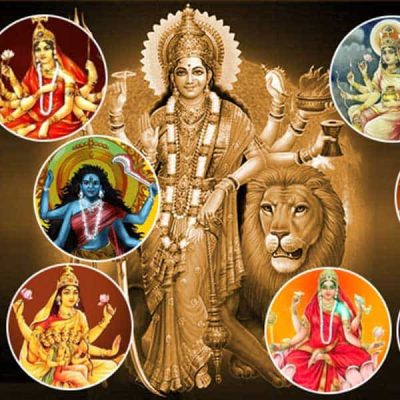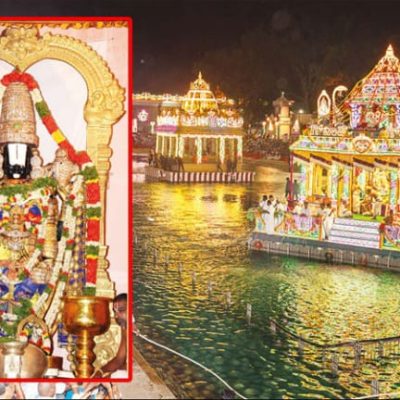Seeyathamangai Sri Ayavandeeswarar Temple, Nagapattinam

Address
Seeyathamangai Sri Ayavandeeswarar Temple, Seeyathamangai, Nagapattinam District, Tamil Nadu 609702 PH:04366-270073
Deity
Ayavandeeswarar Amman: Ubaya pushpa vilochani/ Malarkkannammai
Introduction
Seeyathamangai Ayavandeeswarar Temple is located at Seeyathamangai in Nagapattinam district, Tamil Nadu, India. Seeyathamangai is also written as Siyathamangai and Tiruchaathamangai. The temple is dedicated to Shiva, as the presiding deity, in his manifestation as Ayavantheeswarar. His consort, Parvati, is known as Malarkkannammai. It is one of the shrines of the 276 Paadal Petra Sthalams – Shiva Sthalams glorified in the early medieval Tevaram poems by Tamil Saivite Nayanar Tirugnanasambandar. It is one of the shrines of the Vaippu Sthalams sung by Tamil Saivite Nayanar Appar. Theertham: Chandra Theertham.
Puranic Significance
- Temple & Location
- The place was originally called Sathamangai, later corrupted to Seeyathamangai.
- The temple is referred to as Ayavandeesam in scriptures.
- In Chola-era inscriptions, Lord Shiva was called Ayavanthi Udaiyar.
- Tiruneelanakka Nayanar
- A Nayanar saint, venerated in Shaivism.
- Ranked 28th among the 63 Nayanars.
- Contemporary of Sambandar (7th century CE).
- Honored in the Periya Puranam (12th century) by Sekkizhar.
- Also mentioned in Sundarar’s Tiruthonda Thogai and a hymn by Sambandar.
- Life & Devotion
- Born in Thirusathamangai (Seeyathamangai) in a Brahmin family.
- Expert in the Vedas and a staunch devotee of Lord Shiva.
- Served Shiva’s devotees by washing their feet and welcoming them home.
- Worshipped in the temple following Agamic texts.
- The Spider Incident
- On Poornima (full moon day), he visited the temple with his wife.
- A spider fell on the Shiva Lingam, and his wife blew it away.
- Tiruneelanakka saw this as blasphemy because saliva may have touched the Lingam.
- He performed purification rituals and abandoned his wife in anger.
- That night, Lord Shiva appeared in his dream, with one part of his body swollen due to the spider’s poison—except the part where the wife had blown.
- Realized that devotion (love) is superior to rituals.
- Returned to the temple dancing in devotion and reunited with his wife.
- Interaction with Sambandar
- Tiruneelanakka learned about Sambandar’s arrival in Thirusathamangai.
- Welcomed Sambandar and hosted him in his home.
- Initially hesitant to host Tiru Neelakanta Yazhpanar (a lower-caste devotee), but agreed upon Sambandar’s insistence.
- That night, the Homa Kunda (fire altar) shone brightly, proving the couple’s devotion.
- Realized devotion surpasses caste barriers.
- Accompanied Sambandar to the temple, where the saint composed a hymn in honor of Ayavandeeswarar and Tiruneelanakka.
- Final Journey & Salvation
- Tiruneelanakka wished to travel with Sambandar, but was advised to stay and serve Ayavandeeswarar.
- Later, he was invited to Sambandar’s wedding at Thirumana Nallur (Achalpuram).
- Presided over the wedding ceremony.
- After the wedding, Sambandar and his followers prayed at Shivaloka Thyagar Temple, seeking moksha (salvation).
- Lord Shiva appeared as a blazing flame, granting their wish.
- Sambandar, his bride, Tiruneelanakka Nayanar, and all the wedding guests merged into the divine Light of Shiva.
- Worship & Significance
- Tiruneelanakka Nayanar’s idol is enshrined in the Ayavandeeswarar Temple.
- He is worshipped during the Tamil month of Vaikasi, when the moon enters the Mula Nakshatra.
- Depicted with a crown and folded hands.
- Part of the collective worship of the 63 Nayanars.
- Name Significance of Ayavandeeswarar
- Lord Brahma (Ayan) worshipped Lord Shiva here.
- Hence, Lord Shiva came to be called Ayavandeeswarar.
Beliefs
This temple is special for those born under Moolam star. The prayers are conducted as per the Rudra Vyamala Tantra Agama. Devotees pray here in removing marriage obstacles.
Special Features
The Temple facing towards west with a five-tiered Rajagopuram. The Temple is surrounded by a granite wall on all sides. Balipeedam and Nandhi can be found immediately after the Rajagopuram, facing the sanctum. The sanctum sanctorum consists of Sanctum, Antarala and Arthamandapam. There is a stucco arch at the entrance of the sanctum sanctorum. There is a recently built Mandapam around the sanctum. Presiding Deity is called as Ayavandeeswarar / Brahmapureeswarar and is facing west. He is housed in the sanctum in the sanctum in the form of Lingam. Lord is a Swayambhu Moorthy. Blisters can be seen all over the Linga confirming the legend of Neelanakka Nayanar. Sanctum is guarded by Dvarapalas. Vinayaga and Dhandapani can be found at the entrance of the sanctum. Narthana Ganapathy, Dakshinamurthy, Lingothbhavar, Brahma, Arthanareeswarar, Agasthya, Gowri Leelai, Bikshadana and Durga are the Koshta idols located around the sanctum walls. Arthanareeswarar can be seen placing his hand over the bull. Mother is called as Irumalar Kannammai / Mala.
Festivals
Thiru Neela Nakka Nayanar Guru Pooja on Vaikasi Month, Aavani Moolam in the Tamil month of Avani, Shivaratri,Aippasi Annabishekam and Margazhi Thiruvadhirai are the festivals celebrated here.
Century/Period/Age
1000-2000 years old
Managed By
Hindu Religious and Charitable Endowments (HRCE)
Nearest Bus Station
Seeyathamangai
Nearest Railway Station
Nagapattinam
Nearest Airport
Trichy





